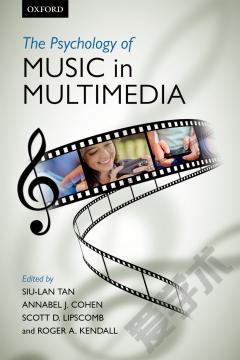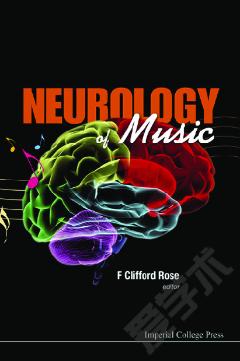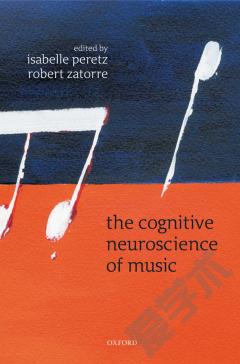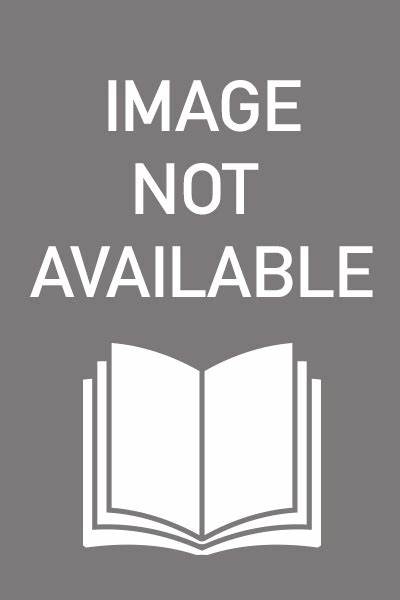The Psychology of Musical Talent
The published material on methods of teaching music is of all the major subjects of instruction the scantiest. But that man is ignorant indeed who rests satisfied with the written descriptions of musical methods. Only a small fraction of this baffling field gets into print, because, of all the subjects of instruction, none has more individual systems of instruction and in none is there so much of the atmosphere of trade secrecy. Master teachers develop methods which are more or less original and the students of the masters come to form groups between whom there is the keenest rivalry. But, unfortunately, the methods of deciding between rival claims are too frequently argument and hostile criticism of each other.The cause of this does not, of course, lie entirely within the personal idiosyncrasies of teachers of music, vocal and instrumental; rather is it due in great part to the imponderability of the æsthetic element in music. Interpretation and expression are not easily measured in any exact way: taste and individual differences are constituent factors in any verdict about the relative superiority of rival methods, and these have not yet been, and in all probability can never completely be, subjected to definite measurement. As a result of these conditions musical methods are in a chaotic condition without a means of separating excellence from mediocrity.
{{comment.content}}








 京公网安备 11010802027623号
京公网安备 11010802027623号